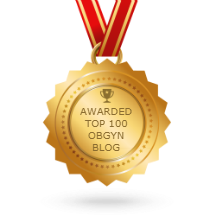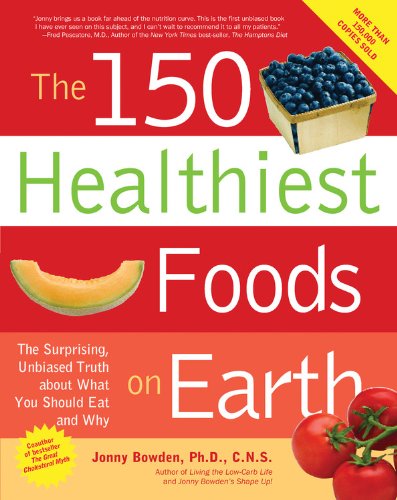Communication skills are intrinsic to our wellness. They are central to our relationships and our effectiveness in life. I have distilled a list of six main steps in healthy communication. I discovered I have lots of room for improvement. Hopefully you will find something helpful too.
1. Attitude adjust.
- Consider your purpose in the conversation.
- Assume the best intentions in everyone.
- Stay positive - honest, patient, optimistic, sincere.
- Value everyone equally.
2. Check physical factors.
- Put away distractions like phones.
- Make comfortable eye contact.
- Watch your body language.
- Watch your tone.
3. Listen actively.
- Listen first.
- Ask open ended questions.
- Set aside judgement while listening.
- Listen actively - Don’t interrupt; read back, aka clarify and reflect.
4. Guide your reaction.
- Use empathy; Try to see the other person’s point of view.
- Practice self awareness -recognize emotions and stresses as they arise and rather than react to them, handle them appropriately.
5. Say your piece.
- Pause and ponder. Think before making a point.
- Understand how your message might be received.
- Tailor your message to your listener.
- Use empathetic assertiveness.
- State needs, express feelings; Value your own point of view as well.
- Be direct; Be BRIEF - Give the "b"ackround, "r"eason,"i"nformation, "e"nd, and "f"ollow-up.
6. Connect and conclude.
- Connect personally.
- Encourage the other.
- Focus on the result.
- Ask for input and feedback.
- Follow up with a plan. Close the loop.
- Show appreciation for the person and the conversation.
Awesome references that expand on these tips:
http://lifehacker.com/top-10-ways-to-improve-your-communication-skills-1590488550
http://www.lifehack.org/articles/communication/9-tips-to-improve-communication-skills.html
http://www.wikihow.com/Develop-Good-Communication-Skills
http://www.skillsyouneed.com/ips/improving-communication.html
http://www.skillsyouneed.com/general/emotional-intelligence.html
http://www.skillsyouneed.com/ips/improving-communication.html
http://www.inc.com/kevin-daum/8-ways-to-improve-your-communication-right-now.html
http://www.citehr.com/11334-6-good-tips-increase-your-communication-skills.html
http://advancedlifeskills.com/blog/14-very-effective-communication-skills/
http://www.wfm.noaa.gov/workplace/Comp_Conf_Handout_1.pdf
http://www.helpguide.org/articles/relationships/effective-communication.htm





































